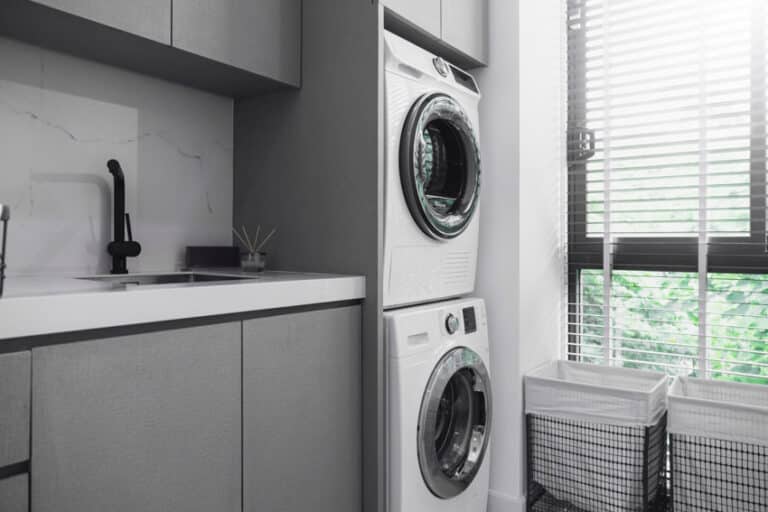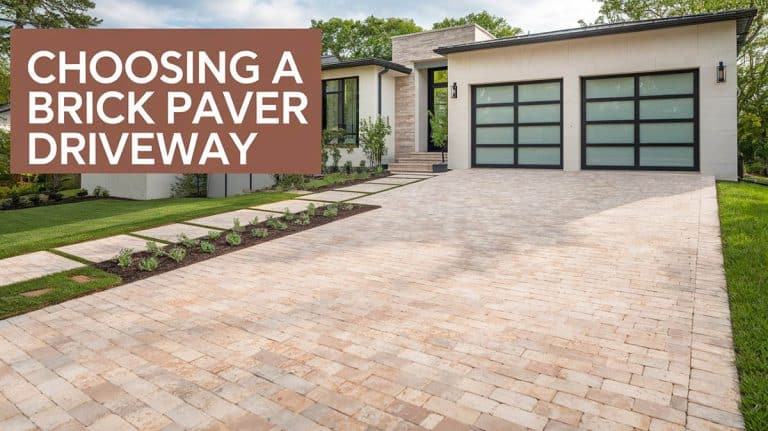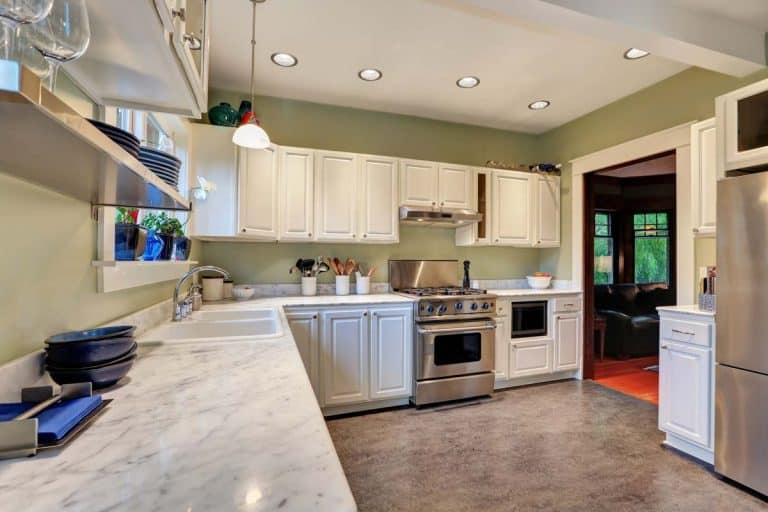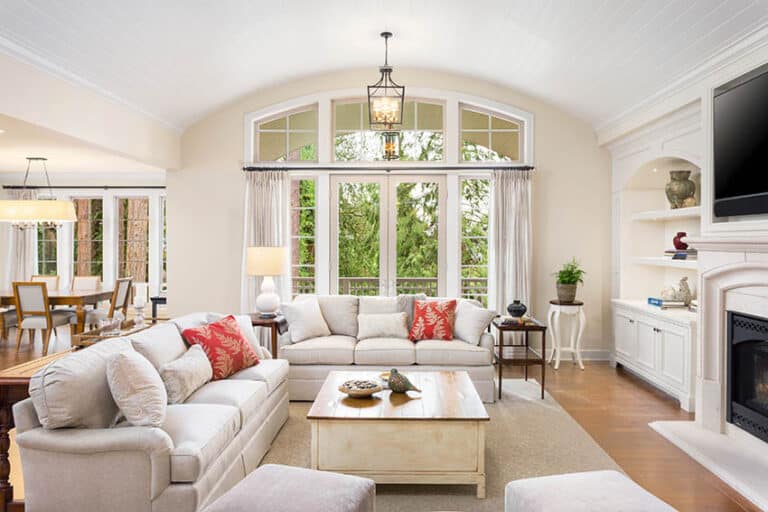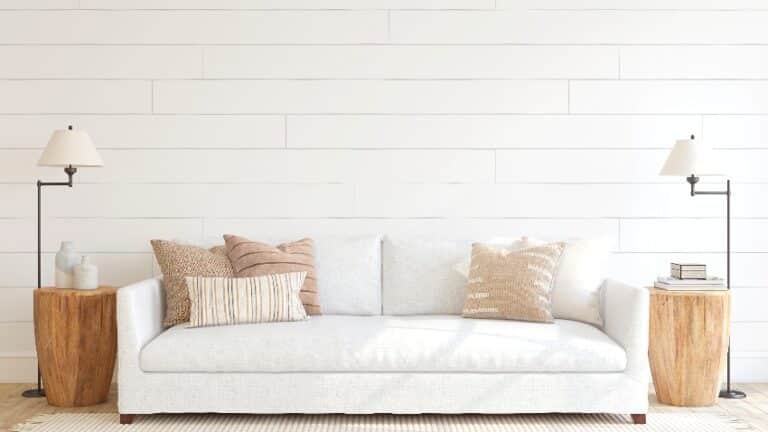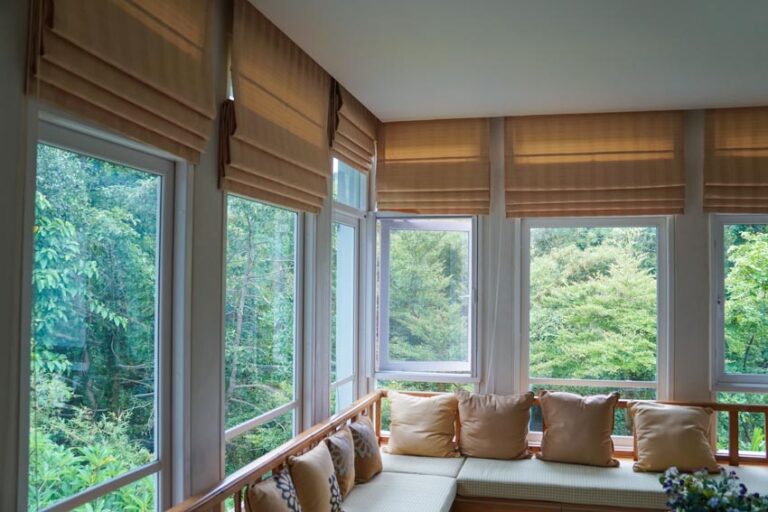Turn a Closet Into a Wine Cellar
Here’s our guide on how to turn closet into wine cellar including benefits, cost, and the best way to cool a wine closet.

Not having a built-in wine cellar in the home is never a problem because homeowners can always repurpose available spaces into a room for wines. One such space is the closet.
Homeowners who turn a closet into a wine cellar often find the decision worthwhile because it breathes functionality to their unused space while ensuring the best possible bottle of wine to serve to guests or enjoy on a quiet evening.
Benefits Of A Wine Cellar
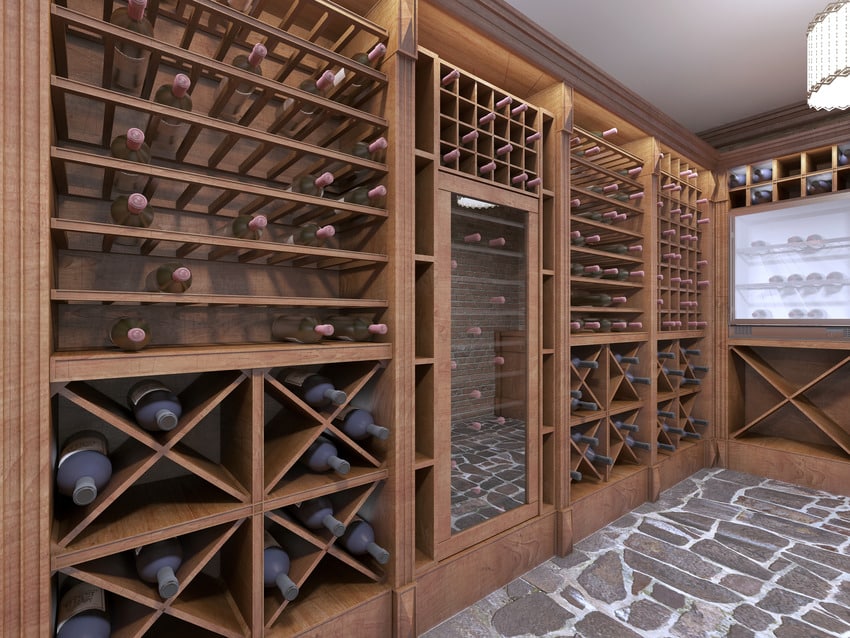
That is why it is best to appreciate the benefits of a wine cellar before deciding whether to turn a closet into a wine room or not.
Maximize Shelf Life
Like any food item, wine is a perishable commodity. While it is true that wine tastes better with age, this can only happen if the wine stays in a highly controlled environment.
Wine spoilage results from an interplay of various factors, including light, temperature, and humidity. Controlling these factors improves wine’s shelf life, developing its full flavors and exciting tasting notes.
That is why many of the world’s best wines are aged in dark, cave-like rooms with just enough light for the sommelier to perform his routine monitoring. Read more about our article on how to turn a garage into a man cave here.
The same is true of a wine cellar in homes. This specialized room increases the wine’s shelf life, allowing the owner to enjoy a bottle upon opening.
Preserve Quality
Not only does a cellar extends a wine’s shelf life, but it also preserves every bottle’s quality. Excessive humidity can cause cork damage, introducing air into the wine which leads to oxidation and eventually, to wine spoilage.
Intense lighting can also rearrange the wine’s unique chemical structure, leading to premature aging and affecting the wine’s mouthfeel, aroma, color, and taste.
High temperatures can hasten the wine aging process. Wines taste better if they undergo slow aging.
A wine cellar ensures a more stable low-temperature environment for wines to develop and preserve their quality.
Serve Wine At Optimum Temperatures
As mentioned, wines age better with the right temperature, light, and humidity. A wine cellar ensures the wine stays within its ideal serving temperature of 40 to 50 degrees Fahrenheit for sparkling, light, and dry white wines.
Light and fruity red wines and full-bodied white wines taste excellent between 50- and 60-degrees Fahrenheit, while port wines and full-bodied red wines are excellent at 60 to 65 degrees Fahrenheit.
How To Turn A Closet Into A Wine Cellar
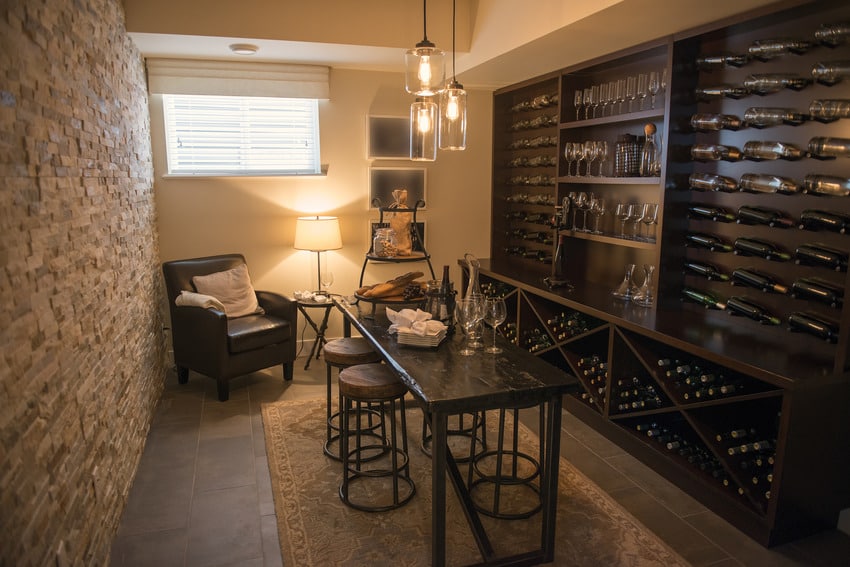
Insulation
Insulating the closet is an essential step to converting it into a wine cellar. The correct insulation allows for more efficient and effective control of temperature and moisture levels. Read more about our article on the pros and cons of basement ceiling insulation here.
The closet’s walls, floor, and ceiling must have proper insulation to stabilize its temperature and humidity levels, ideal for storing and aging wines.
Proper insulation also ensures more efficient refrigeration functioning. This can lead to lower electrical costs because the refrigeration system does not need to cycle frequently to account for temperature fluctuations.
One of the best insulating materials for wine cellars is closed-cell polyurethane foam. It does not require plastic sheeting, and it forms an excellent barrier against moisture.
Homeowners may want to check the thermal performance data of their refrigeration units to determine the best possible insulating material for their closet-converted wine cellar.
Air/Vapor Barrier
Insulation stabilizes the closet wine cellar’s ambient temperature. However, choosing the wrong material may not provide adequate protection against air and moisture.
Warm outside air can enter the wine cellar and form condensation. It is colder inside the wine cellar, promoting vapor formation when warm air collides with cold air.
Excessive vapors or high moisture levels stimulate mold growth and affect wine quality while moistening wine labels and leaving bottles with hard-to-read information.
That is why applying an air/vapor barrier to the ceiling, floor, and walls is crucial to a successful wine cellar construction. It works best with an insulating foam over the layer of polyurethane air-vapor barrier.
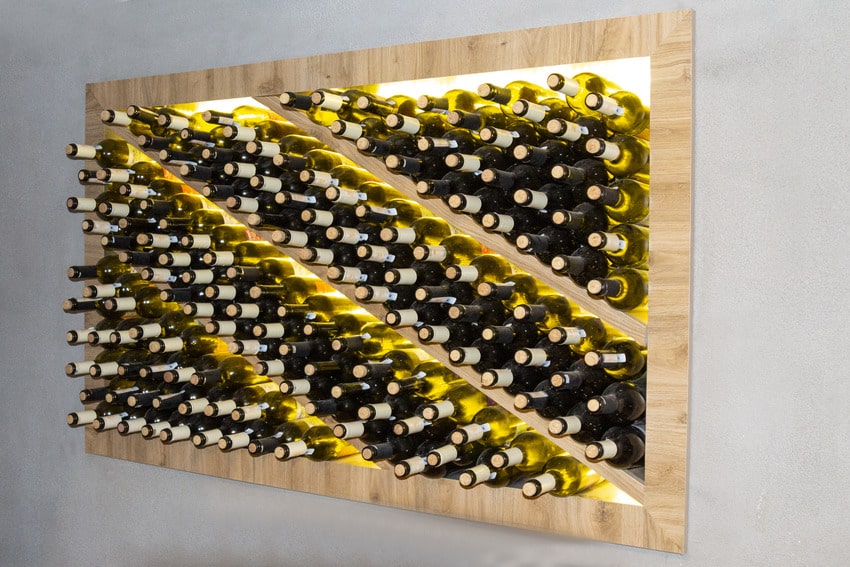
Most wine cellar contractors use 6 mil plastics as air/vapor barriers with their seams overlapping and secured with tape. If they use closed-cell foam insulation, there is no need to install the air/vapor barrier because of the unique construction of the insulating material.
Flooring
A wine cellar’s flooring must be moisture-resistant similar to its walls and ceiling. Wood flooring options are not suitable for a high-humidity environment because of the wood’s hygroscopic nature. Wood fibers pick up moisture, forcing the wood to expand.
If one decides to use wood as wine cellar floor, it would be best to pick engineered wood. It is more stable and resistant to moisture than natural wood.
Tile flooring options are always an excellent choice. However, it can increase the project’s overall cost and extend its completion by several days. Ordinary homeowners may also have issues with tile installation, particularly if one also considers installing floor insulation.
Synthetic flooring products, such as vinyl, can be exceptional wine cellar flooring. However, it would be wise to buy a product without a conspicuous odor to avoid turning the wine cellar into a smelly room no one would want to use.
Some people use rubber flooring because of its ease of installation and durability. Unfortunately, rubber tends to emit a strong and unpleasant smell that can make entering the wine cellar uncomfortable.
The best flooring material for wine cellars is foam gym tiles. Not only are these products effortless to install, but they are also inexpensive and readily available. Foam flooring options also enhance the wine cellar’s insulation while staying resistant to moisture.
Wine Racks

Most people think that storing wine bottles upright is the way to go. After all, most convenience stores present their wines vertically. Unfortunately, vertically stowing wine bottles can dry out the cork, leading to brittleness and cracking. Air can enter through these cracks and start the oxidation process, spoiling the wine.
However, vertical wine racks are suitable for storing wines for short periods. For example, Cabernet Franc, Mission, Mondeuse, and Gamay wines taste better when people drink them without undergoing a prolonged aging process.
Other people pick tilted wine racks. The problem with this type is that sediments can form too close to the bottle’s cork. It is also more susceptible to cork dryness, potentially introducing air into the wine and spoiling it.
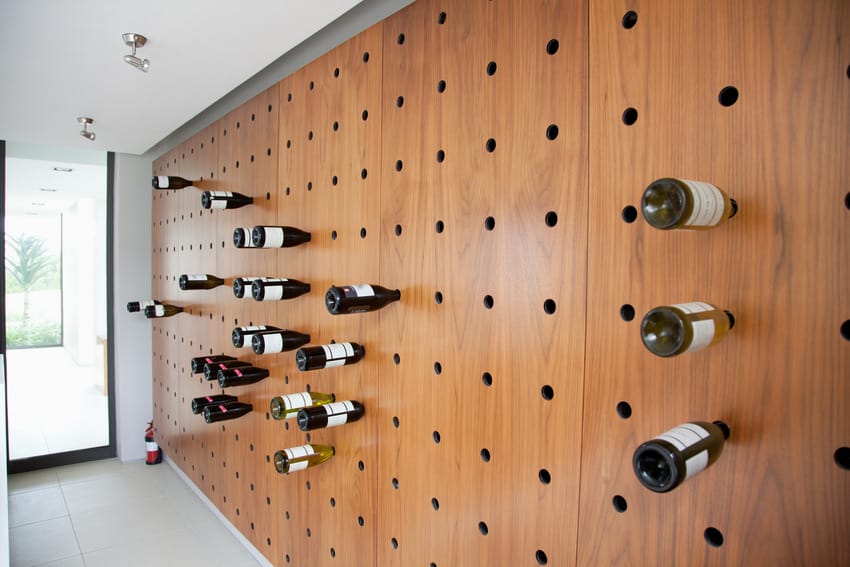
Horizontal wine racks are also more space-efficient than vertical and tilted designs. One can stack more racks to accommodate a growing wine collection.
Another wine rack consideration is the material. One can choose between metal and wood, with most people opting for metal wine racks.
These wine racks are more affordable and effortless to install and maintain, and have a less intrusive design. It is perfect for showcasing the wines.
Wooden wine racks can add a touch of elegance to the wine cellar, especially if the homeowner wants to mimic the rustic environment of a traditional wine cave. It is also more flexible than metal racks.
One can add wood planks on top of the existing shelf to extend its wine storage capabilities.
How Do You Cool A Wine Closet?
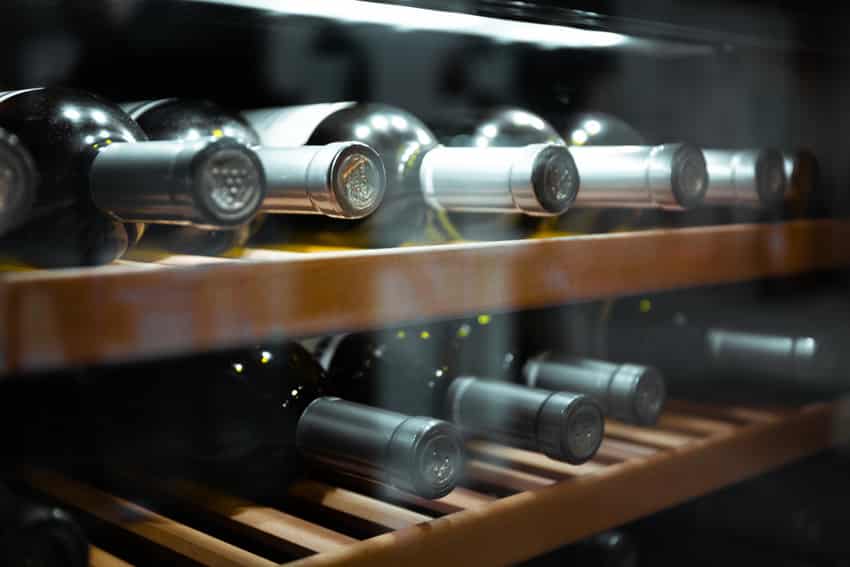
A higher temperature can hasten the aging process, change the chemical profile of volatile compounds, alter the wine’s color, and reduce sulfur dioxide levels. These factors can degrade the wine’s overall quality.
That is why an essential aspect of closet conversion into a wine cellar is determining its refrigeration system.
Wine Cellar Refrigeration Systems
Homeowners have two options for cooling their closet wine cellars and maintaining a stable temperature for the wines.
A through-the-wall wine cellar refrigeration system looks like a window-type air conditioning unit with one side inside the wine cellar and the other side outside the closet. The evaporator coils on the system’s wine cellar side reduce the ambient temperature to the ideal levels.
On the other hand, the condenser coils on the system’s warm side circulate warm air, preventing it from reaching the wine cellar’s interior.
While this cooling system is affordable and straightforward to install, it does require adequate space for its condenser section to remove heat. It can also be noisier than a split system.
The second wine cellar cooling system splits the condenser and evaporator coils into separate units. It has the same design as a split-type air conditioner. Ducting connects the two elements to cool the wine cellar and prevent heat from entering.
The principal advantages of a split wine cellar refrigeration system are its higher cooling capacity, better space efficiency, easier installation, and less noise. However, it is more expensive than a through-the-wall unit.
Ideal Wine Cellar Conditions
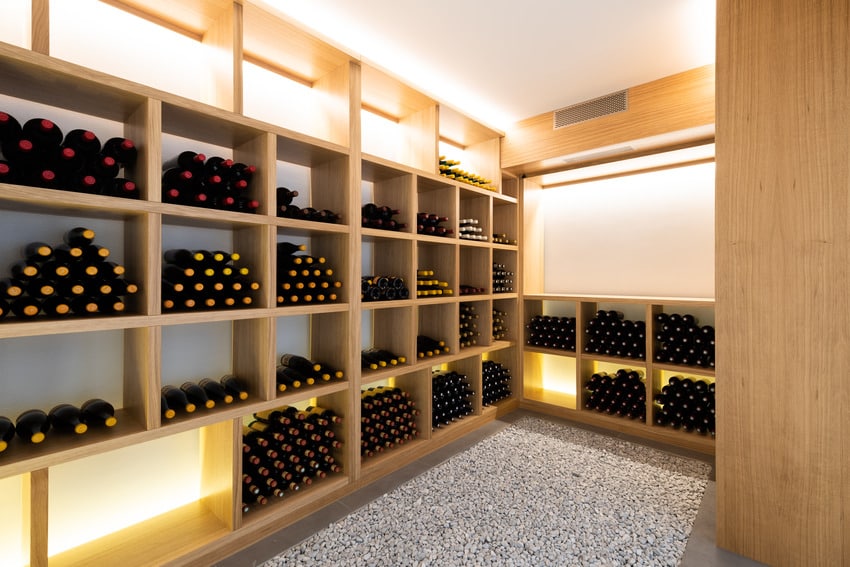
First, the ambient temperature must be between 55- and 60-degrees Fahrenheit. Temperatures outside this range can lead to wine quality alterations.
Second, the humidity levels must be between 50 and 70 percent to maintain the perfect seal of the cork in each wine bottle.
Third, the lighting must not be too intense nor emit ultraviolet radiation. Some lighting fixtures, such as incandescent, halogen, and fluorescent bulbs, can increase the wine cellar’s ambient temperature. A better option is LED lights with no more than 2700K luminance.
The wine cellar must also be vibration-free and lies close to the wine-tasting room or area. It is best to shorten the distance between the wine cellar and the room for serving the wine to preserve its flavors, tasting notes, and mouthfeel.
Cost To Convert Closet To Wine Cellar
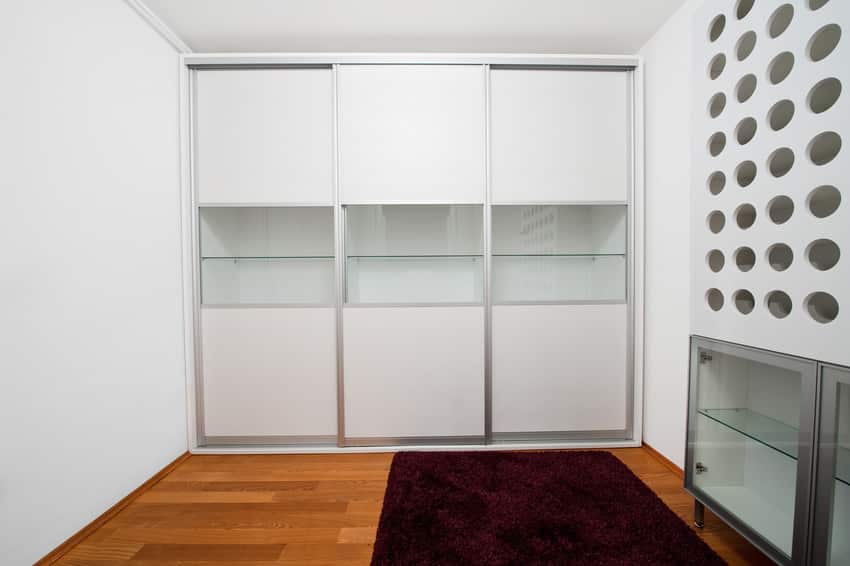
The average construction cost is $300 to $600 per square foot of wine cellar space. Hence, if one requires a 200-square-foot wine cave, the price can be as high as $120,000 or as low as $60,000. For the budget-conscious homeowner, getting a $500 custom wine cabinet might be a better option.
Unfortunately, a wine cabinet can only accommodate several bottles. That is why the more affordable option is to convert an unused space, such as a closet, into a wine cellar.
Closet conversions can cost homeowners as low as $500 to as high as $5,000 or more. The price remains lower than building a wine cellar from scratch.
On average, homeowners can expect to pay $200 to $2,000 or more for the wine cellar building and finishing materials.
The wine racks can cost a homeowner $200 to $2,000 or more, depending on the rack’s capacity, make, and other unique features. Meanwhile, the wine cellar refrigeration system can cost anywhere between $1,000 and $3,000 or more.
Conclusion

While anyone with considerable HVAC competencies can complete this home improvement project, it is advisable to hire professionals. Adding a few hundred dollars to the overall project cost is worth it if it translates to an effective and efficient wine cellar.
Check out our gallery of wine closet ideas for more related content.

